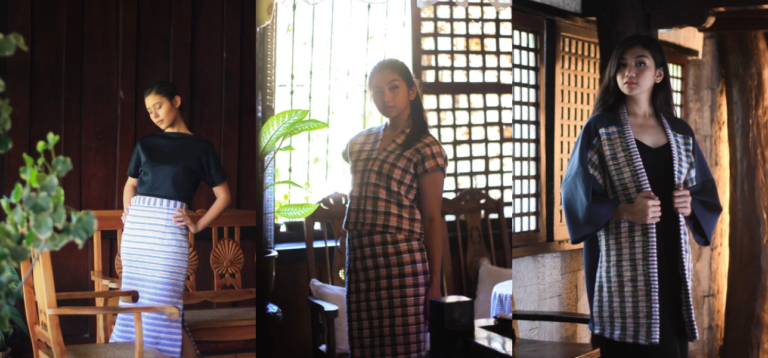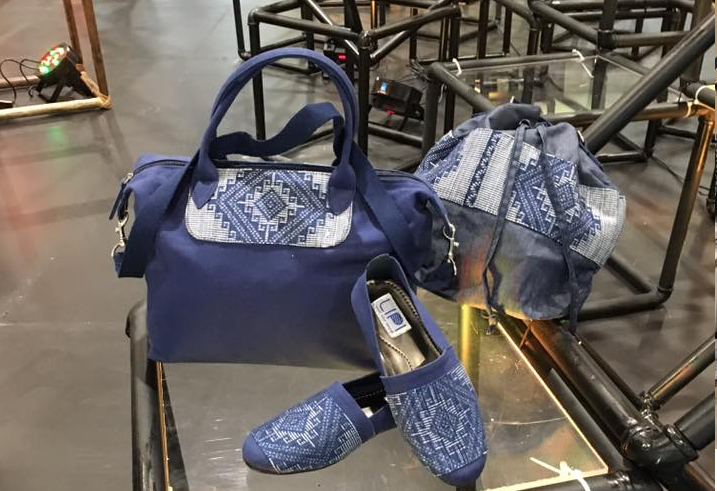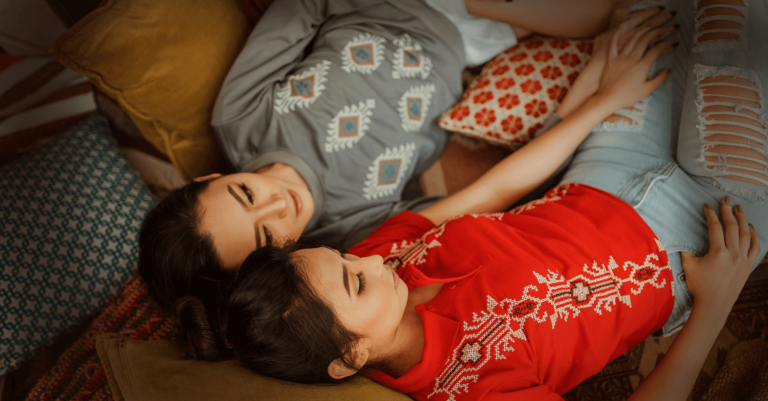How to Wear Your Pinoy Pride
by Rosa Fontelera Yong / August 9, 2019
Did you know that August 9 is the International Day of the World’s Indigenous Peoples?
Defining cultural identity can be challenging. A lot of the time, the meaning behind each symbol is lost to viewers, and they become art viewed from a distance. There are many reasons why such symbols are making a comeback in modern times and one thing is clear: there is a strong desire now, more than ever, to connect with our roots and one of the easiest ways to do that is to wear it.
Filipino fashion designers are usually at the forefront of promoting the use of local weaves in less traditional ways and designs. Audrey Albason’s 2019 Spring-Summer Collection, in particular, shows how local weaves like piña and hablon can be used to create high fashion couture. Designs in the collection feature modern cuts far from the typical use of both the piña and hablon, proving that, by thinking out of the box, indigenous materials can easily become part of contemporary style.
This trend of merging old and new is not limited to the runway. Among those who have taken to heart the preservation of traditional weaving are ANTHILL Fabric Gallery, Lipi Shoes, and Kaayo Modern Mindanao. All three brands help preserve the traditional practice of fabric weaving, supporting communities by engaging traditional weavers and incorporating their products into items that you can easily use on an everyday basis.
It’s also worth noting that, aside from providing weavers in indigenous communities with jobs, these companies also help lower the impact of fashion design on the environment, both through more eco-friendly textile production as well as zero waste practices and initiatives.
1. ANTHILL Fabric Gallery

The goal of ANTHILL Fabric Gallery is to allow their clients, both men and women, to incorporate traditional weaves into their daily attire. Their tagline invites supporters to “Wear Their Pride”, going as far as to include the story of each piece on the tag, fostering a connection with the source of the garment they are wearing.
2. Lipi Shoes

Lipi Shoes is perfectly represented by their tagline, “Wear Your Weave”. Their vibrant weaves are featured prominently on their Filipino-made shoes, clothes and accessories. Each design, from clothing to accessories, are cut in very modern, streamlined designs that make them very easy to incorporate with your existing wardrobe, breaking the concept that indigenous materials are strictly for formal affairs.
3. Kaayo Modern Mindanao

Of course, the tradition of weaving is not limited to the northern region of the country. Kaayo Modern Mindanao helps make weaves that represent Mindanaoan heritage more accessible. Their apparel combine traditional and modern cuts that highlight the patterns featured on the weaves. In addition, Kaayo’s designs create unique blends by combining different tribal weaves in one item.
4. Bag’Ito by KLST Lifestyle
If more casual bags are your thing, look no further than Bag’Ito by KLST Lifestyle. They incorporate indigenous weaves both as eye-catching decorative elements and as complementary components to more modern textiles. The very creative and highly practical textile use has brought much attention to Bag’Ito at the BGC Art Mart where they often participate.
The best thing about these enterprises is that they’re supported, not just by their clients, but also by prominent figures. Vice President Leni Robredo and her daughters attended the 2019 SONA wearing clothes that incorporated woven fabrics produced by the Angat Buhay Program. The government itself, via the Department of Trade and Industry, also shows its support by featuring both new and established brands through their Go Lokal! Events.
Looking for more ways to support traditional weaves? Other than supporting brands and businesses that help local weavers, try paying a visit to events held by HABI the Philippine Textile Council. Education is one of the best ways we can further appreciate our heritage and help bring attention to the communities that produce them. It will allow you to learn not just how the dyes and textile was produced, you might also learn the meaning behind each pattern!



